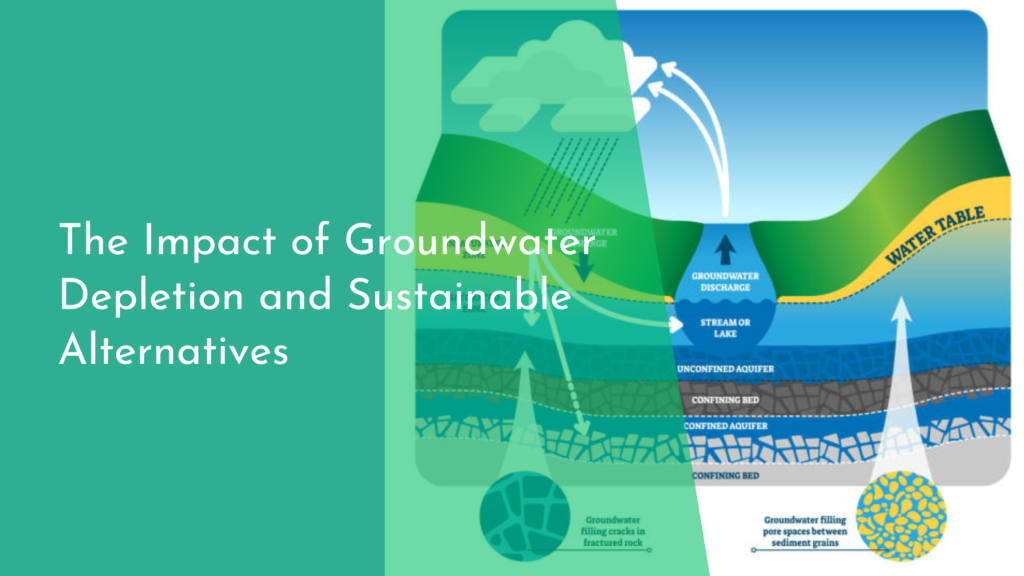Landscape Restoration: Techniques and Benefits
Landscape restoration is an essential aspect of environmental conservation that seeks to rejuvenate degraded ecosystems and rehabilitate natural landscapes. With increasing urbanization, climate change, and pollution, many natural areas have been adversely affected, leading to a loss of biodiversity and ecosystem services. However, through effective landscape restoration techniques, we can bring these areas back to life, ensuring a healthier planet for future generations. This article explores various techniques used in landscape restoration, their benefits, and how you can actively participate in these initiatives.
Understanding Landscape Restoration: An Overview of Techniques
Landscape restoration encompasses a variety of methods aimed at reviving ecosystems that have been altered or degraded. One of the primary approaches is reforestation, which involves planting trees in deforested areas to restore habitats, prevent soil erosion, and enhance carbon sequestration. Another technique is wetland restoration, which focuses on the rehabilitation of degraded wetlands to improve water quality, support wildlife, and mitigate flooding. These methods not only aim to restore the natural beauty of the landscape but also to reinstate essential ecological functions.
In addition to these methods, soil restoration plays a vital role in landscape recovery. Techniques such as bioengineering use natural materials like vegetation and geotextiles to stabilize soil and promote growth. Furthermore, ecological engineering, which integrates ecological principles with engineering practices, can create sustainable solutions for landscape restoration. By combining these techniques, we can effectively restore landscapes while enhancing their resilience to environmental changes.
Popular Techniques for Effective Landscape Restoration Practice
Among the most popular techniques in landscape restoration is the use of native plant species. By selecting plants that are indigenous to the area, we can ensure that the restored ecosystem has a higher chance of thriving. Native plants often require less maintenance and are better adapted to local conditions, making them more effective in attracting local wildlife and promoting biodiversity. Additionally, employing controlled burns can help restore fire-adapted ecosystems, promoting the growth of fire-resistant plant species while reducing the risk of uncontrolled wildfires.
Another effective technique is the implementation of agroforestry systems, which combine agriculture and forestry to create sustainable land-use practices. This method not only restores degraded land but also provides economic benefits to local communities through the sale of diverse crops and timber. Moreover, the integration of cover crops and permaculture practices enriches the soil, enhances biodiversity, and improves the overall health of the landscape. These diverse techniques highlight the versatility and ingenuity required for successful landscape restoration projects.
The Incredible Benefits of Restoring Natural Landscapes
Restoring natural landscapes yields numerous ecological, economic, and social benefits. Ecologically, restored landscapes enhance biodiversity by providing habitats for various species, thus fostering a more balanced ecosystem. Healthy ecosystems also contribute to improved air and water quality, as well as increased carbon storage, helping to mitigate climate change. Furthermore, restored landscapes can prevent soil erosion and promote water retention, ensuring a sustainable water supply for surrounding communities.
Economically, landscape restoration can lead to increased property values and stimulate local economies through eco-tourism and agriculture. Communities benefit from improved recreational opportunities and enhanced aesthetic values, making restored landscapes attractive destinations for visitors. Socially, engaging in landscape restoration fosters community pride and encourages collaboration among individuals, organizations, and local governments. This sense of collective action can strengthen social ties and promote a greater understanding of environmental issues.
How You Can Get Involved in Landscape Restoration Efforts!
Getting involved in landscape restoration efforts is easier than you might think! Start by researching local organizations and initiatives focused on restoration projects in your area. Many communities host volunteer events where you can lend a hand, whether it’s planting trees, removing invasive species, or participating in educational workshops. Engaging with these organizations not only provides hands-on experience but also connects you with like-minded individuals who share a passion for the environment.
Additionally, you can contribute to landscape restoration efforts by adopting sustainable practices in your own garden or community space. Planting native species, reducing pesticide use, and creating habitats for wildlife are simple yet impactful ways to support local ecosystems. Moreover, spreading awareness about the importance of landscape restoration through social media, school projects, or community meetings can inspire others to take action. Every effort counts, and your involvement can make a significant difference in restoring our planet’s natural beauty!
In conclusion, landscape restoration is a vital undertaking that benefits not only the environment but also the communities that depend on these ecosystems. By understanding the various techniques and their incredible benefits, we can all play a role in reversing the damage inflicted on our landscapes. Whether through volunteer efforts or sustainable gardening practices, every action contributes to the greater goal of restoring our planet. So, let’s embrace the cheerful journey of landscape restoration and work together to make our world a greener, healthier place for generations to come!


